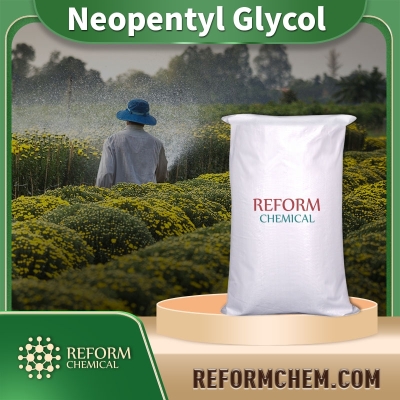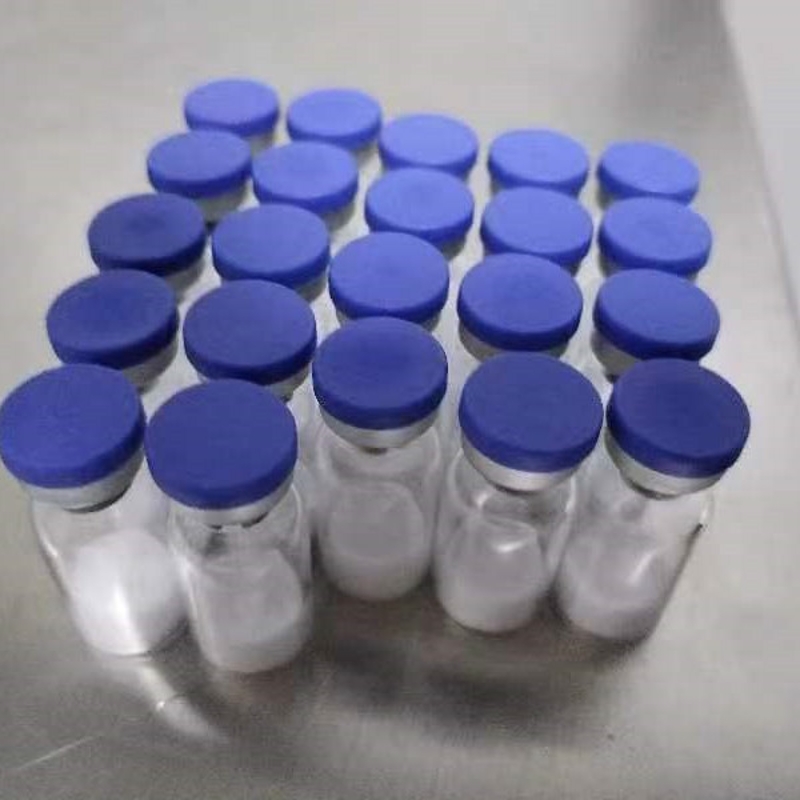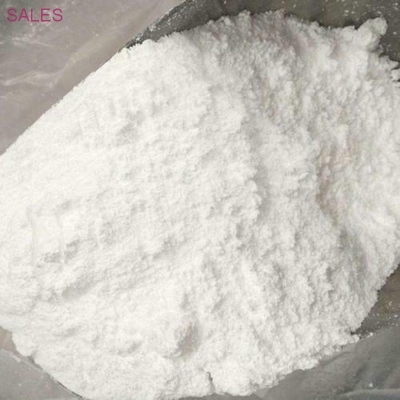-
Categories
-
Pharmaceutical Intermediates
-
Active Pharmaceutical Ingredients
-
Food Additives
- Industrial Coatings
- Agrochemicals
- Dyes and Pigments
- Surfactant
- Flavors and Fragrances
- Chemical Reagents
- Catalyst and Auxiliary
- Natural Products
- Inorganic Chemistry
-
Organic Chemistry
-
Biochemical Engineering
- Analytical Chemistry
-
Cosmetic Ingredient
- Water Treatment Chemical
-
Pharmaceutical Intermediates
Promotion
ECHEMI Mall
Wholesale
Weekly Price
Exhibition
News
-
Trade Service
In a new study, an international team led by the University of Bonn in Germany identified and further developed new antibody fragments for SARS-CoV-2 coronavirus. These antibody fragments, called nanobodys, are smaller than classic antibodies, penetrate tissue better, and are mass-produced. The researchers also combined these nanoantibodies into molecules that might be particularly effective, while attacking different parts of the virus. This method may prevent the pathogen from escaping the attack of the active agent through mutation. The findings were published online January 12, 2021 in the journal Science under the title "Structure-guided multivalent nanobodies block SARS-CoV-2 infect and suppress mutational escape."
antibodies are an important weapon for the immune system to fight infection. They bind to the surface structure of bacteria or viruses, preventing them from replicating. Therefore, one of the strategies to combat disease is to mass produce effective antibodies and inject them into the patient. Outgoing U.S. President Donald Trump's rapid recovery from the virus infection is likely to be attributed to this approach. However, the antibody used to treat him is complex in structure and cannot penetrate deeply into the tissue, which can lead to unnecessary complications. In addition, the production of antibodies is difficult and time-consuming. Therefore, they may not be suitable for widespread use."We're focused on another group of molecules, nanoantibodies," explains Dr. Florian Schmidt of the Institute of Innational Immunology at the University of Bonn and co-author of thepaper, which produces large quantities of yeast or bacteria. Nanoantibodies are antibody fragments that are very simple and can be produced by bacteria or yeast at a lower cost. " , however, the number of different antibodies produced by the immune system is almost endless, and they can identify different target structures. For example, only a very small number of antibodies can beat SARS-CoV-2. Finding these antibodies is like looking for a grain of sand on Germany's Baltic coast. "We first injected the surface protein of the coronavirus into an alpaca and a llama," Schmidt explains. Their immune systems produce antibodies that target the virus. In addition to complex normal antibodies, alpacas and llamas also produce a simpler antibody variant that can serve as the basis for nanoantibodies. A, the researchers took blood samples from the animals, extracting genetic information that produced antibodies. This "library" also contains millions of different construction diagrams. In a complex process, they extracted antibodies that identified important structures on the --- the coronavirus--- proteins. "We got dozens of nanoantibodies in total, and then we analyzed them further," explained co-author Dr. Paul-Albert König, co-author of the paper and head of the nanoantibodies core facility at the University of Bonn School of Medicine. Thefound fourof the millions of molecules in cell cultures, four nanoantibody molecules have actually been shown to be effective against the pathogen. "Using X-ray structures and electron microscope analysis, we were able to further demonstrate how they interact with the virus's prickly proteins, " explains König. The study was led by Martin Hällberg of the Karolinska Institute of Medicine in Sweden, Nicholas Wu of the University of Illinois at Urbana-Champaign, and Ian Wilson of the Scripps Institute in the United States. SARS-CoV-2 prickly protein is essential for infection. It acts like a magic sticker, through which the pathogen is attached to the attacked cell. Next, the prickly protein changes its structure. It discards ingredients that are important to the virus's attachment and mediates the fusion of the virus's envelope with the cell membrane. "Nanoantibodies also seem to trigger this structural change before the virus hits its target cells--- which is an unexpectedly novel pattern of action, " says König. This change is likely to be irreversible; Thealso take advantage of another advantage of nanoantibodies over antibodies: they are simple in structure, allowing direct combinations to form molecules that are hundreds of times more effective. "We've fused two nanoantibodies that target different parts of this hedgehog protein," explains König. This fusion is very effective in cell cultures. In addition, we can confirm that this greatly reduces the probability that the virus will be resistant to active preparations through escape mutations. "They are convinced that these molecules may be developed into a novel and promising treatment. Dioscure Therapeutics, a spin-off company at the University of Bonn, will test these nanoantibodies in clinical studies. (
Valley
):1.Paul-Albert Koenig et al. Structure-guided multivalent nanobodies block SARS-CoV-2 infection and suppress mutational escape. Science, 2021, doi:10.1126/science.abe6230.2.Promising new antibodies against SARS-CoV-2 found







